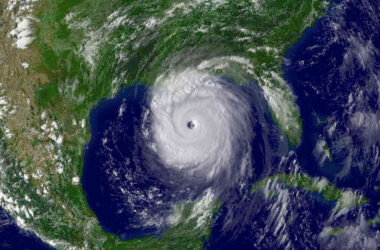Consumers may have to brace up and limit their shopping –spree this Christmas as the price of some commodities has sky-rocketed. They also may have to put up with the unavailability of some goods.
While consumers have been alerted to an anticipated increase in specific commodities, the Chamber of Commerce has assured that its membership will do whatever is necessary within its purview to mitigate the impending price hikes.
According to sources from the Ministry of Commerce, the public has been advised to expect price hikes and shortages of some commodities, due primarily to the fallout from the COVID-19 pandemic. Reports indicate that consumers globally are ‘feeling the pinch’ with these price increases, and locally, shoppers have had to bear with the weekly price hike in some commodities.
Executive Director of the St Lucia Chamber of Commerce, Brian Louisy, sought to address the matter.
“Currently, globally there are a number of factors that are impacting the cost of doing business, impacting the cost of shipping, and impacting the cost of goods that are being imported from across the world,” he declared.
Louisy said that, in particular, there was much difficulty in shipping goods from countries, such as Asia and Japan. He explained: “For one, there is a shortage of shipping capacity and that is leading to back-up premium being paid for space to ship.”
Another pressing factor, he added, revolves around shipping costs. “Shipping costs are rising dramatically and sometimes five-fold over a period of six months,” said Louisy. “We are also seeing that there is a shortage of some very essential inputs caused in some cases by weather attributable to climate change.”
He said some of these mitigating factors were due to issues, such as “frost in the US and also there has been flooding in some key producing areas …and so the cost of foodstuffs are going up dramatically.”
Information Officer at the Consumer Affairs Department, Merlicia Williams-Davy, disclosed that “prices are likely to increase further and shortages of particular goods and products are expected. This is as a result of a number of factors, including higher costs for energy.”
Commenting on the energy factor, Louisy adds: “There is also the cost of fuel that is also rising…the price of oil has jumped dramatically from last year and the year before, and so we’re seeing some of the highest prices over a number of years.”
The executive director said that these factors have led to difficulties in the supply chain for people to purchase goods in a timely manner, “and there is also a shortage of containers that is also making it difficult to get goods at the right time…and at the price.”
Louisy noted that “demand (for goods) is increasing very rapidly and supply is not being able to keep up with it and so the price of goods are going up. You are not able to get workers and to get drivers to take goods from across the west coast of the US to the East coast.
He said that all these intimidating factors “are really contributing to price hikes.”
Despite these adverse conditions, Lousy asserted that the welfare of the consumer is of paramount importance and the Chamber’s membership will do their utmost to mitigate prices.
“Our members are going to continue to do all they can to absorb some of the increases that they can and also to mitigate the increases …by looking for different products and supplies from supply sources so that the impact on prices in the local market will not be as dramatic.”
Meanwhile, as local manufacturers grapple to come to terms with the situation, the President of the St Lucia Manufacturers Association, Marguerite Desir, confirmed that the majority of manufacturers have not passed on all these increases to consumers.
She said local manufacturers have been experiencing “real high price increased for our raw materials and also for the shipping…in some cases, up to 30% or more.”
Shipping costs at times rise to over 300 %, explained Desir, “so this obviously would affect the cost per unit or whatever we are producing.”
However, she said, “We’ve not passed on all those increases to our consumers. Some manufacturers have passed on some small increases, up to 5% and 10% in some cases, but a lot of our manufacturers have had to absorb some of those costs and see how we can do our production more efficiently to enable us to save cost.”
[R.A].













